How can it be possible for everyone to have 200 to 300 watts and I’m saying 100 watts is plenty?. Every case is individual, but RV solar panels aren’t. 100 watts is 100 watts and you can’t make it anymore. Actually, you can make it more, I’m going to let you into a little secret!.
Why Do You Want Solar?
RV solar panels can be a waste of money if you spend your touring life on shore power (electric hook-up). For those people who like to travel around and not park on official sites, solar can be the difference between staying or going home. Many people including myself want the ability to extend that stay a bit longer than the RV batteries will last (leisure batteries). There’s also that feeling of free power that’s a little bit addictive.
Today’s RV or campervan has a high electrical demand. Fridges, phones, music, Televisions, all these devices need power and will take it from your precious battery. You’d be lucky to last a day with a 100 amp hour battery and today’s typical demand. Solar can be a game-changer but how many watts can you get away with?
100 Watts of Solar Suits Me for at Least a Week
Here’s a quick overview of the parts in my solar system:
- 100 Watt flexible solar panel (Mine is made by Renogy)
- Pair of 5m 4.0mm single core extension cables
- MPPT Solar Charge Controller (mine was Renogy again)
- Cable Entry Gland Housing Mount (Mine was Renogy again, I do like Renogy!)
- 6 x Corner Bracket Set Semi Flexible Solar Panel Mounting Kit
- 3M VHB RP45 Double-Sided Acrylic Foam Tape – 19mm x 2m
- 2 other items that I will reveal later.
DIY Fitting
This isn’t an in-depth guide on how to fit RV solar panels. There are plenty of those out there. It’s just a brief guide to help you understand how simple it can be.
Step 1 Attach the RV Solar Panel
Make sure the roof is free of grease and waxes. this is important when attaching the panel mounting kit. Use the 3M tape to attach the corners. You’re thinking “will it be strong enough?”. My answer after 2 years and 24,000 miles is “It certainly appears to be”. Screw the panel to the mounting kit. That was easy! Here’s a photo of mine after 3 years.
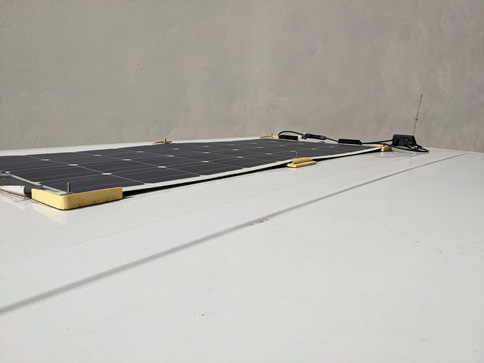
Step 2 Fit the Cable Entry
Drill 1 hole in your roof. GULP! There are ways of getting cables to the inside of the van but this is dependent on the make and model. Mount the cable entry gland housing with more 3M Tape. Feed the extension cables through and run inside to your already mounted MPPT Controller.

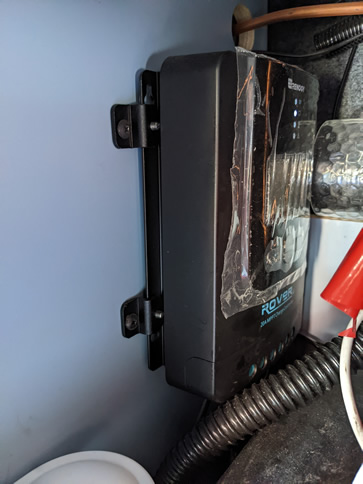
Step 3 MPPT to Battery and Commission
Run some cable from your MPPT to your battery. Make sure all your cables are protected with fuses. Now connect the extension cables to the RV 100-watt solar panel. Bingo, You have a working solar system. That wasn’t too difficult, was it?
Improvements, A Little Secret
This little improvement will appear to double the production of your RV solar panel. Have a look at the link below and after you have been shocked at the price, let me help you to consider a few things.
A Renogy Lithium battery which will cost you not far short of £500! Before you turn down the idea, do the maths. A regular AGM leisure battery will probably cost around £200 and that will require replacing every 3 years or so. That’s not the case with lithium. You can also use lithium below 50% charge. This means 100ah lithium can give you nearly double the capacity of a 100ah AGM battery.
It is starting to sound a lot more attractive, isn’t it! It doesn’t stop there. Here’s the secret. Lithium will pretty well take any amount of charge you will throw at it. It won’t slow down charging when you get close to 90%. It will just keep taking more! This is a BIG thing when you have a 100-watt solar panel in full sunshine. It wants to put that power somewhere but if your old tech battery won’t have it then your 100-watt solar panel just became 0 watts.
Is Lithium Really That Big of a Deal?
It is a game-changer. I was considering upgrading to 200 watts solar until I got a lithium battery and I nearly always find the lithium full by the end of the day. Fridge on full, charging phones, powering lights. Because the lithium will take all 100 watts rather than trickle charging as it nears 80 to 90%, means that I just don’t need any more watts.
You can combine the lithium with a DC to DC charger and this will also mean that even the short journeys will pack the amps into the thirsty Lithium.
I purchased a 20 amp DC to DC charger and on a rainy day, a short 30 minute trip charges the lithium back up to 100%. This is once again due to the fact that lithium will just take all those amps.
I can’t express how much of a game changer the lithium battery has been. Before upgrading your watts consider how the best way to store it is!
Now you are getting the best out of your solar, why not read up on converting to LPG

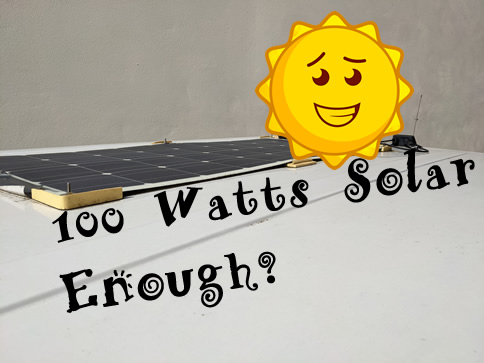



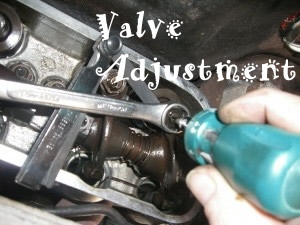
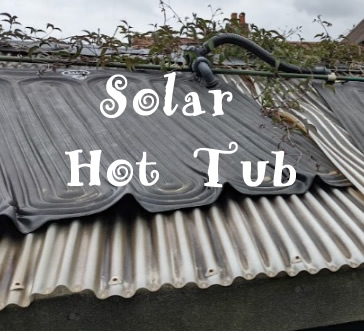
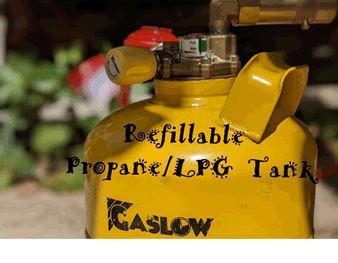
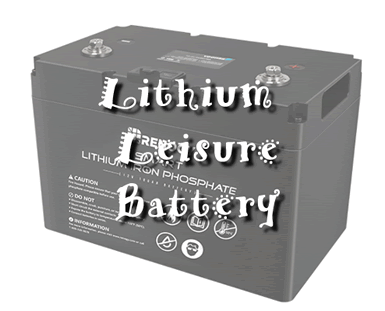
4 thoughts on “RV Solar Panels, 100 Watts is Plenty”